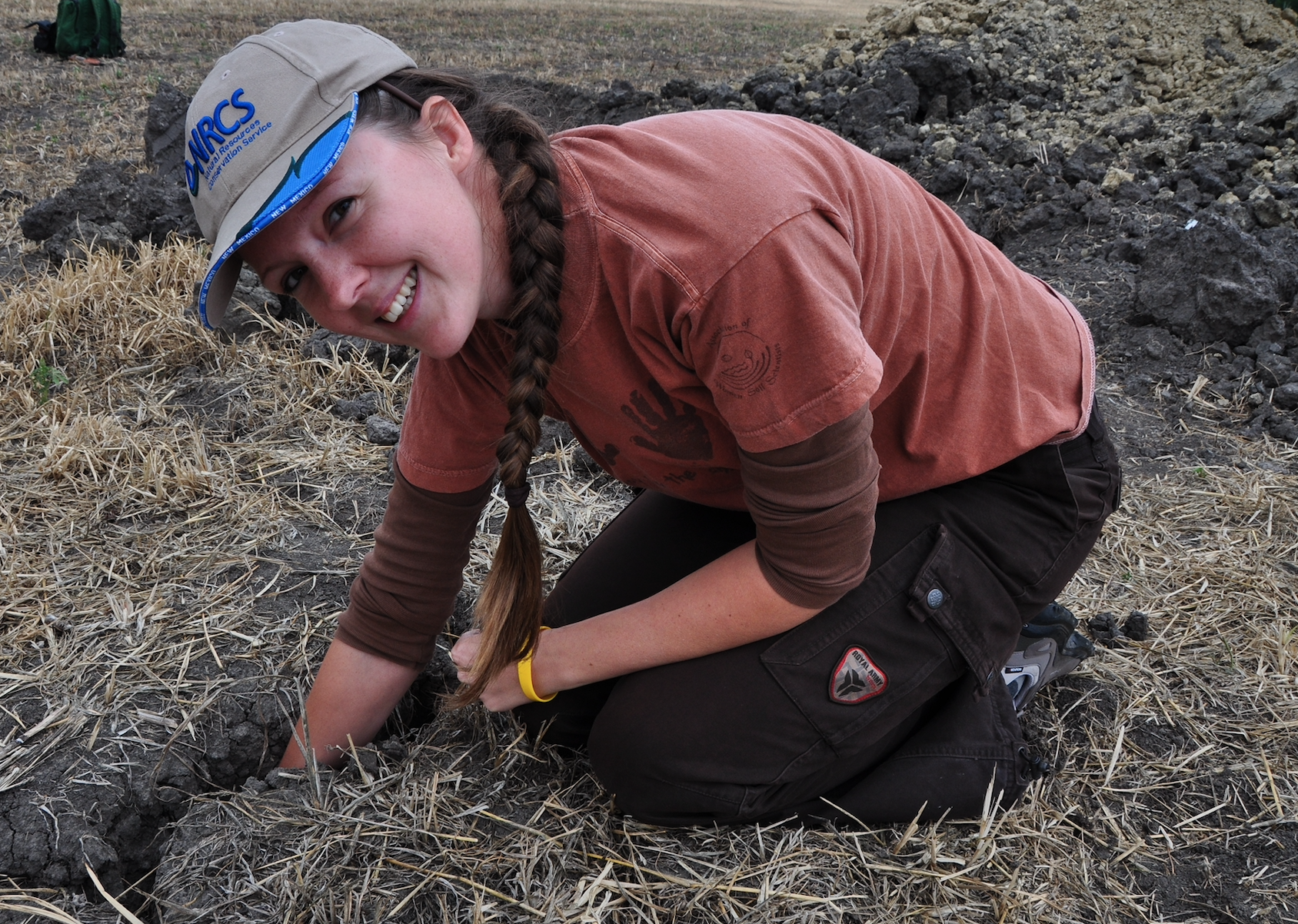Dr. Márta Fuchs - MATE Research
Overview
Dr. Marta Fuchs' main research interest reflects the recent global need for international, harmonized soil database, maps, and a global soil classification system. She is involved in the diagnostic based modernization of the Hungarian Soil Classification System, and working on the integration of new pedometric tools and soil observation methods in the development process. She is also interested in soil monitoring, data harmonization, correlation and soil carbon related research projects.
Research keywords:
Publications
Pedology and Soil Classification
A novel approach for mapping WRB soil units – A methodology for a global SOTER coverage
The soil types of the modernized, diagnostic based hungarian soil classification system and their correlation with the world reference base for soil resources
A javasolt, diagnosztikus szemléletu talajosztályozási rendszer szerves szénre vonatkozó osztályozási egységei és definíciói
Pedometrics
Deriving World Reference Base Reference Soil Groups from the prospective Global Soil Map product - A case study on major soil types of Africa
Traditional and pedometric approaches to justify the introduction of swelling clay soils as a new soil type in the modernized Hungarian Soil Classification System
Taxonomic distance between South African diagnostic horizons and the World Reference Base diagnostics
Soil Monitoring and Data Correlation
Soil Organic Carbon
Projects
Soils4Africa
Funded by the Horizon 2020 programme of the European Union, Soils4Africa will put in place by 2024 an Open-data Soil Information System (SIS). The SIS will enable farmers, agri-businesses, scientists, and policymakers in their efforts towards sustainable intensification of agriculture and boosting food security; by improving the quality and availability of African soil data.
https://www.soils4africa-h2020.eu/
GS Soil
The project GS Soil aimed at establishing a European network to improve the access to spatial soil data for public sector bodies, private companies and citizens. The project considered aspects of data organisation, data harmonisation as well as semantic and technical interoperability in order to produce seamless geospatial soil information and to improve the data access for a wider community of different user groups.
e-SOTER
The E-SOTER project (Regional pilot platform as EU contribution to a Global Soil Observing System) has been a collaborative research project of 14 partners in Europe, China and Morocco, with European Union funding through the FP7 mechanism. The Group on Earth Observations - GEO plans a Global Earth Observing System and, within this framework, the e-SOTER project addresses the felt need for a global soil and terrain database. As the European contribution to a Global Soil Observing System, it delivered a web-based regional pilot platformwith data, methodologies, and applications, using remote sensing to validate, augment and extend existing data.
ENVASSO
The ENVironmental ASsessment of Soil for mOnitoring (ENVASSO) Project was funded under the European Commission 6th Framework Programme (Contract 022713, 2006-8) with the main objective to define and document a soil monitoring system for implementation in support of a Soil Framework Directive, aimed at protecting soil in the EU. Procedures and protocols appropriate for inclusion in a European soil monitoring system were defined and fully documented, and 22 of these procedures were evaluated in 28 Pilot Areas. In conclusion, an outline European Soil Monitoring System, comprising a network of geo-referenced sites at which a qualified sampling process is or could be conducted, is presented.
https://esdac.jrc.ec.europa.eu/projects/envasso
BioSoil
BioSoil was a demonstration project, part of the programme of the International Cooperative Programme on the Assessment and Monitoring of Air Pollution Effects on Forests (ICP Forests). This project was a test for the development of operational soil monitoring at a large scale. Its primary aim was to establish an improved common European baseline of forest soils for environmental applications (e.g. acidification and/or eutrophication; carbon stock assessment, impacts of climatic changes, etc.) but also evaluate methodology before EU-wide monitoring programmes for other land use types are set up. It included a soil component and a biodiversity component.





